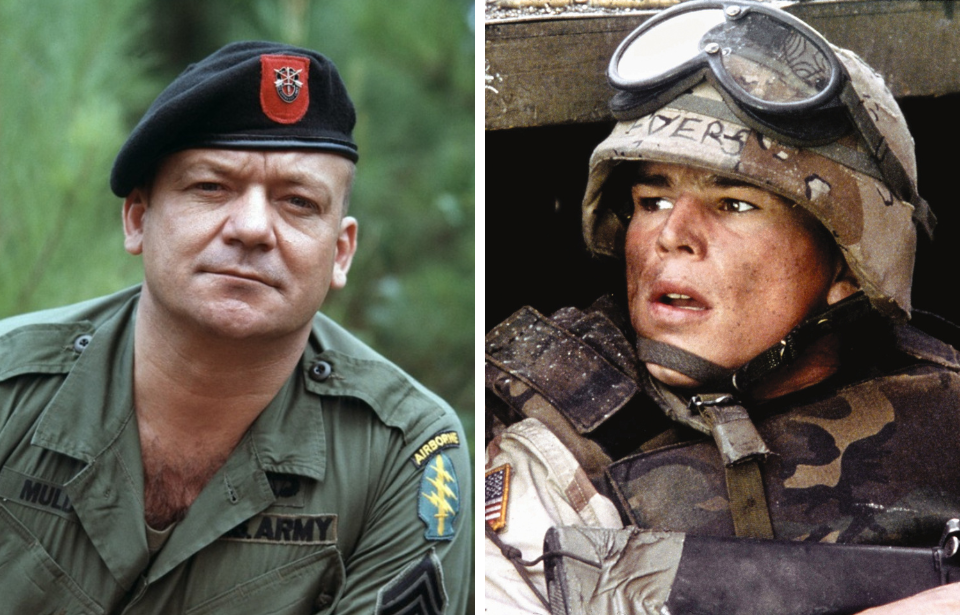The goal of comparing a U.S. Army Ranger to a Green Beret isn’t to decide which one is better—both are elite units that represent the highest standards of the U.S. military. Each plays a critical role and embodies core values like discipline, courage, and excellence. However, their missions, training, and day-to-day responsibilities are very different. For anyone thinking about joining, it’s important to understand these differences before choosing a path.
Army Ranger vs Green Beret
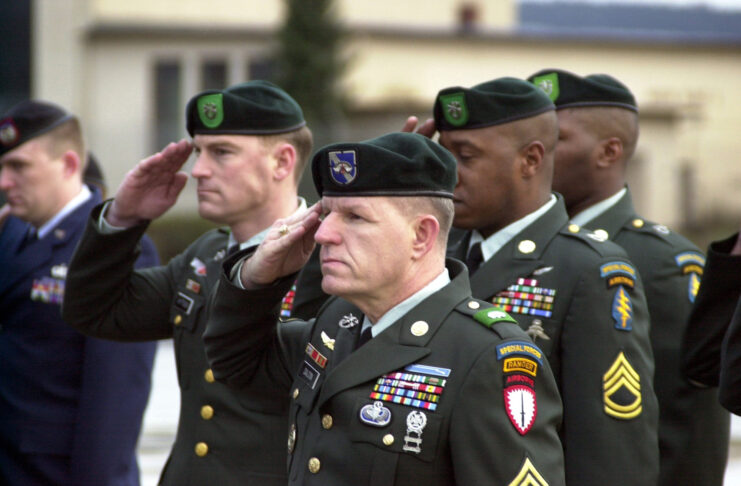
The US Army Rangers are a highly capable light infantry force specializing in joint special operations, including raids, search and rescue, reconnaissance, airborne assaults, and airfield seizures. While some of these roles overlap with those carried out by the Special Forces, the Rangers are primarily structured to function as a rapid-response unit. Their motto, “Rangers Lead the Way,” underscores their focus on executing missions with speed and precision.
On the other hand, Green Berets work in smaller, 12-person teams and excel in unconventional warfare. Their six primary missions cover reconnaissance, foreign internal defense, hostage rescue, direct action, counter-terrorism, and guerrilla warfare. Their motto, “De Oppresso Liber,” meaning “To Liberate the Oppressed,” highlights their mission-driven ethos.
Army Ranger training requirements
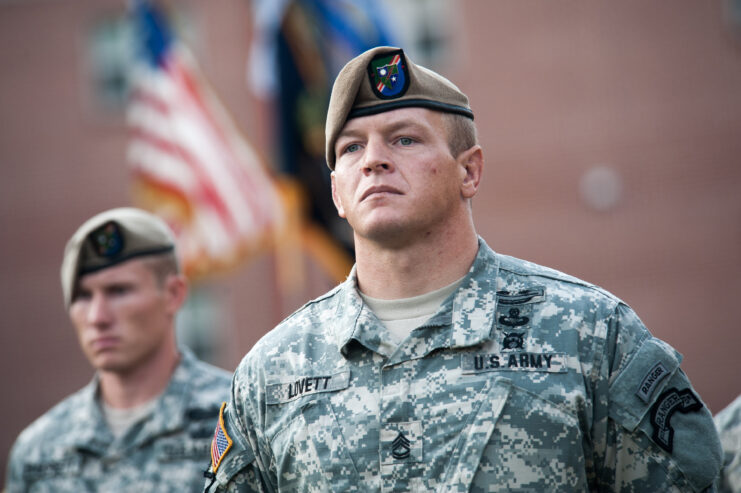
The differences between U.S. Army Rangers and Green Berets become clear when examining their entry requirements. Any soldier in the Army who is at least 18 years old old can apply for Ranger School—there are no special prerequisites. Even civilians who aren’t yet enlisted can sign a contract that allows them to take the qualification tests immediately after completing Basic Training.
Ranger School is a highly respected training program, but earning the Ranger Tab doesn’t automatically make a soldier part of the 75th Ranger Regiment. To join the regiment, they must successfully complete the Ranger Assessment and Selection Process (RASP).
Green Beret training requirements
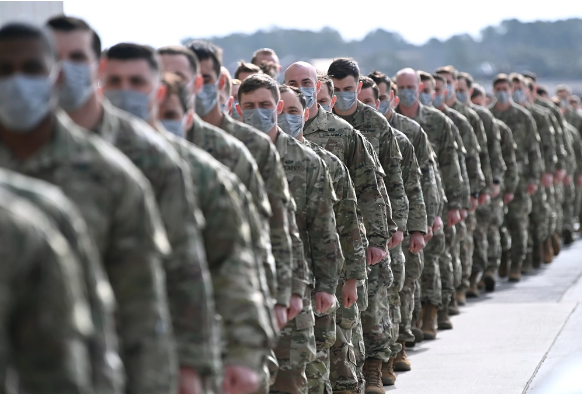
Training to become a Green Beret is significantly more difficult. Active soldiers wanting to join the Special Forces must complete at least three years of service with the Army before applying and have reached the rank of E-3 – or private first class. Troops who haven’t previously served can sign an 18X contract, which allows them to try their hand at becoming Green Berets as soon as they finish Basic Training and the Basic Airborne Course (BAC).
Active soldiers who are approved to begin the selection process must take the two-week Special Operations Preparation Course (SOPC). The physical conditioning course helps prepare them for the rigors of the Special Forces Qualification Course (SFQC) – better known as the “Q” Course.
Candidates must attend the Special Forces Preparation Course (SFPC) to test their physical and navigational skills. It’s purposely challenging to weed out those who aren’t yet prepared for the Q Course. Those who pass must also go through Special Forces Assessment and Selection (SFAS), a three-week evaluation of “intelligence, physical fitness, motivation, trainability, judgment, and influence.”
It’s only after these hurdles that soldiers may move onto the Q Course.
Ranger Assessment and Selection Process (RASP)
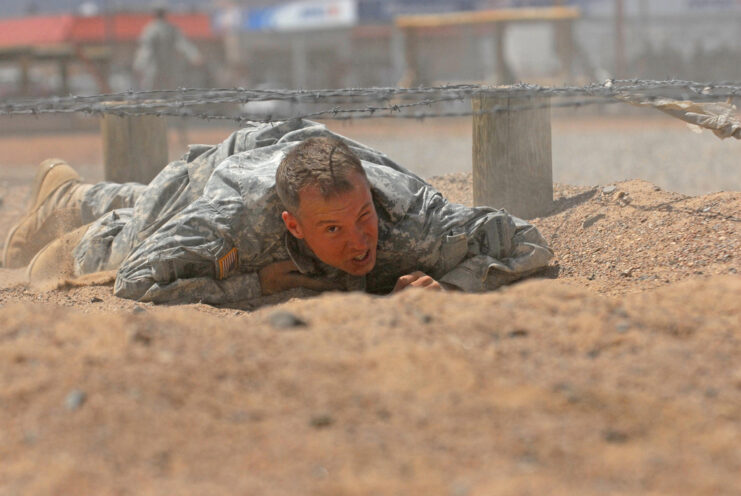
Special Forces Qualification Course (SFQC)
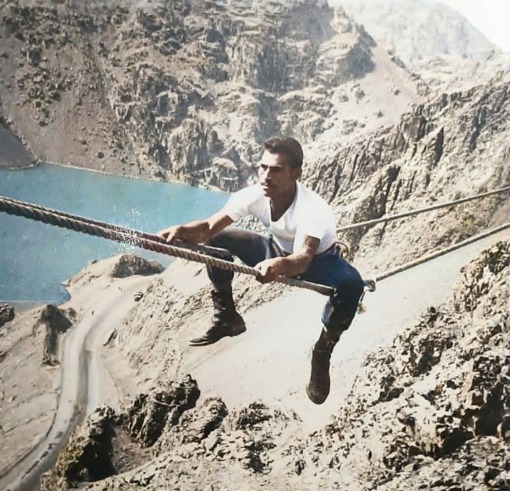
For a soldier to become a Green Beret, they must endure the Q Course, a one-to-two-year process that’s split into six phases to churn out skilled Special Forces members.
The first phase is course orientation and history. Lasting seven weeks, it teaches candidates the core mission and tasks of the US Army Special Forces and the various military occupational specialties (MOS). The second focuses on language and culture, with soldiers expected to become experts in the language and culture they’re assigned, through 18-24 weeks of training and education.
The third is small-unit tactics and lasts for 13 weeks. Throughout, soldiers become skilled marksmen, and are trained in urban warfare operations, sensitive exploitation procedures, and complete Survival, Evasive, Resistance, and Escape (SERE) training.
The fourth phase – MOS training – assigns candidates into their respective fields: detachment commander, engineer sergeant, medical sergeant, weapons sergeant or communications sergeant. The fifth consists of the Unconventional Warfare Culmination Exercise – Robin Sage, which takes four weeks. The soldiers are dropped into a fictional environment of political instability, and told to plan and apply their skills to overcome the challenges of overthrowing a faux-guerrilla regime.
More from us: There’s a Big Difference Between the FBI and CIA
The sixth and final phase of the Q Course is what all candidates hope to reach: graduation. Here, those who’ve successfully completed their training are awarded their green beret, officially making them members of the Army’s Special Forces.
